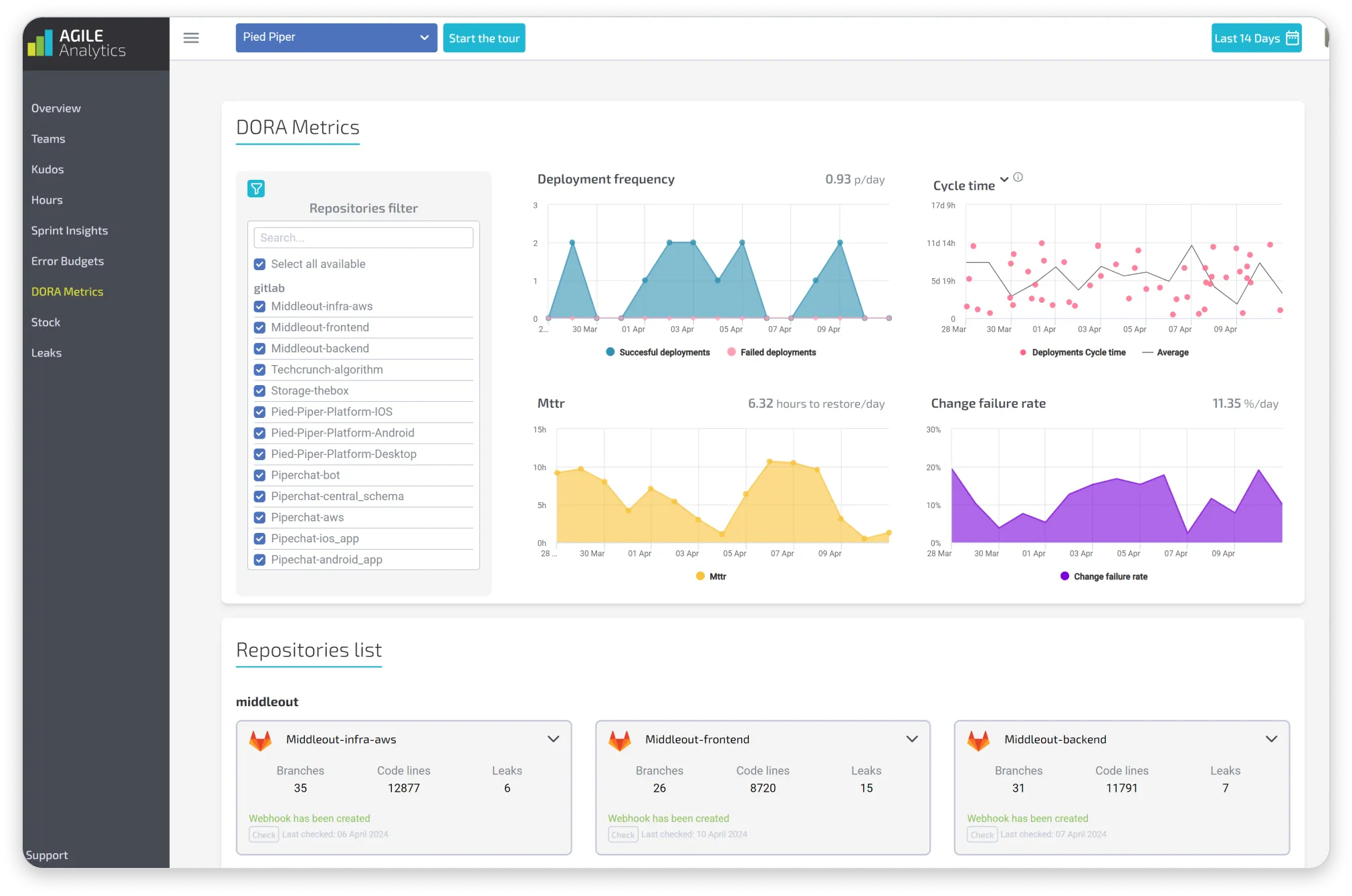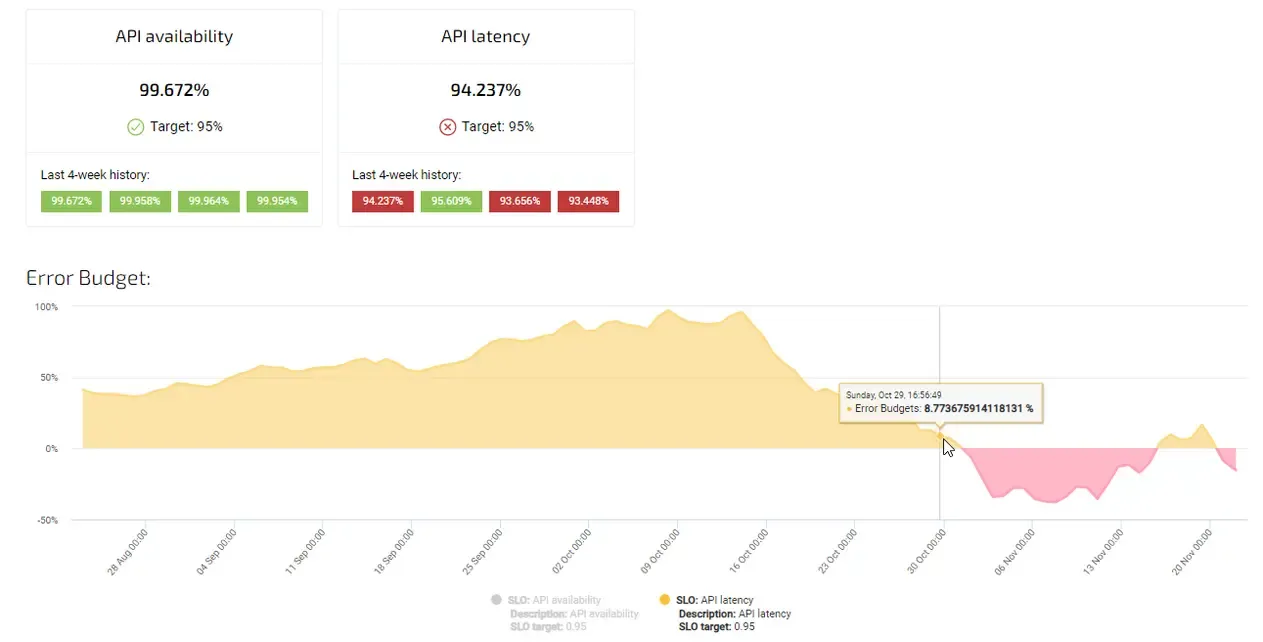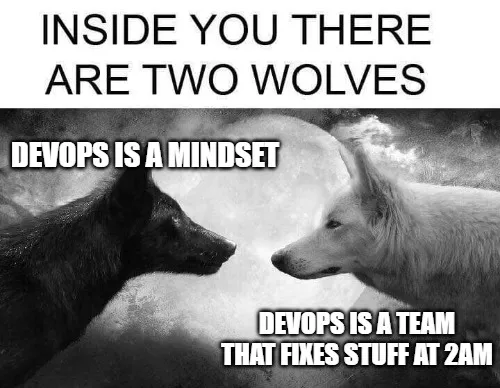DevOps Essentials vs. DevFluff: What’s Actually Helping Your Team (and What’s Just Vibes)

Published on 19 August 2025 by Zoia Baletska

DevOps today is like a startup’s tech stack: overloaded, ever-evolving, and full of tools you’re not entirely sure anyone uses. Every week, something new is launched, promising to 10x your productivity or finally make your sprint retros meaningful.
But amidst the noise, some tools have earned their keep—while others are riding the hype train straight into your backlog.
Let’s break down what’s essential DevOps gear—and what’s just DevFluff.
The Tools That Actually Matter
🧪 1. CI/CD Pipelines
🔒 Here to Stay
You wouldn’t build IKEA furniture without instructions—why do it with your deployments? CI/CD automates builds, tests, and deployments, reducing human error and streamlining delivery.
Why It Matters: Without automation, you’re relying on “tribal knowledge” and heroic manual deploys—AKA, “Bob from QA’s memory.” CI/CD enforces consistency and gives your team confidence in shipping frequently.
Popular Tools: GitHub Actions, GitLab CI, CircleCI, Jenkins
✅ Impact: Massive
🚀 TL;DR: If it’s not automated, it’s not DevOps.
👀 2. Observability (More Than Just Monitoring)
🔒 Here to Stay
Monitoring tells you what’s wrong. Observability tells you why. It’s the difference between seeing a fire alarm go off and knowing which toaster started it.
Why It Matters: With distributed systems, cloud-native spaghetti, and microservice mazes, it’s no longer enough to count CPU cycles. Teams need full-context debugging—across services, requests, and time.
Popular Tools: Prometheus, Grafana, OpenTelemetry, Honeycomb, Datadog
✅ Impact: Essential for fast MTTR and reliability
🧠 Bonus: Also improves on-call sanity
🏗️ 3. Infrastructure as Code (IaC)
🔒 Here to Stay
Manual infrastructure provisioning is like building a sandcastle in the wind. Reproducibility is the backbone of modern ops.
Why It Matters: IaC allows your infra to live in Git. That means peer review, versioning, rollbacks, and automation. It also prevents "someone manually clicked the wrong thing in the AWS console at 2am" disasters.
Popular Tools: Terraform, Pulumi, AWS CDK, Ansible
✅ Impact: Structural stability
⛏️ Pro Tip: Your infra deserves pull requests too.
📈 4. DORA Metrics
🔒 Still Relevant
The four key metrics from the Accelerate book have stood the test of time. They measure outcomes, not just activity.
-
Deployment Frequency
-
Lead Time for Changes
-
Change Failure Rate
-
Mean Time to Recovery (MTTR)
Why It Matters: These metrics correlate with high-performing teams. They shine a light on both speed and safety—without micromanaging people.
Popular Tools: Agile Analytics, Sleuth, LinearB, your own dashboards

DORA Metrics in Agile Analytics
✅ Impact: Strong when used wisely
📊 Warning: Don’t gamify them—understand them.
The Trendy but Toothless: DevFluff
📊 1. Every Fancy Dashboard Ever
❌ Just Vibes
A dashboard isn’t helpful if nobody knows what to do with it. “Look! CPU usage is spiking!” Great—so what?
Why It’s Fluff: Many dashboards are designed to impress executives, not guide engineers. You end up with beautiful UIs showing data nobody uses, drowning real insights in noise.
Symptoms:
-
80 graphs, zero actionables
-
Charts with “funny spikes” you ignore
-
Everyone says “cool dashboard”, but no one changes behaviour
😵💫 Aesthetic ≠ Actionable
🎯 Fix: Less is more. Show what matters. Hide what doesn’t.
💼 2. DevOps-as-a-Service (for Tiny Teams)
❌ The Overkill Zone
Startups with five engineers and zero customers often adopt heavyweight DevOps platforms they don’t need.
Why It’s Fluff: You’re abstracting away complexity before you’ve encountered it. Paying for a managed CI/CD tool that wraps GitHub Actions adds cost, latency, and fragility—with no real benefit.
Symptoms:
-
Paying $1,200/mo for what a cron job could do
-
Tool has a 20-minute boot time for deploys
-
Devs still push to main manually anyway
💸 Fix: Keep it lean. Build what you need, then automate.
🙂 3. “Developer Happiness Scores” Without Real Input
❌ Empty Empathy
Some tools claim to measure “dev happiness” via AI, Slack emoji usage, code churn, or meeting counts.
Why It’s Fluff: DevEx isn’t about vibes or sentiment analysis. It’s about reducing friction: slow CI, flaky tests, bad onboarding, unclear ownership. You can't fix burnout with graphs based on emoji reactions.
Symptoms:
-
Reports show “95% happiness”, but people are burning out
-
Tools count "velocity" as a proxy for well-being
-
Nobody ever asked devs what they think
😐 Fix: Ask your devs. Regular surveys + qualitative feedback + observed friction = reality.
📉 Bottom Line: Happiness can’t be scraped—it must be heard.
⚠️ 4. SLOs Without Error Budgets
❌ Theoretical Reliability Theatre
Setting 99.999% availability goals looks great — until you realise your team has no idea what to do if the goal isn’t met.
Why It’s Fluff: SLOs without enforcement mechanisms (like error budgets) are just fancy math. They give the illusion of control, not control itself.

SLOs & Error Budgets in Agile Analytics
Symptoms:
-
Engineers panic at minor outages because “SLO breach = failure”
-
No tradeoff conversations when budgets are burned
-
SLOs exist, but nobody knows what they are
💣 Fix: Ask your devs. Regular surveys + qualitative feedback + observed friction = reality.
TL;DR: What Actually Moves the Needle?
✅ Yes to tools and metrics that:
-
Improve feedback loops
-
Reduce toil
-
Boost flow and reliability
-
Provide clear, actionable insight
❌ No to anything that:
-
Adds overhead without clarity
-
Tracks vanity KPIs
-
Looks great, but changes nothing
-
Treats culture like a spreadsheet
DevOps isn’t about having the most tools—it’s about building momentum.
So before you add that new dashboard, metric, or platform, ask yourself: “Does this actually help our team deliver better software with less stress?”
If the answer isn’t a confident yes, it might just be DevFluff. And nobody likes technical bloat dressed as innovation.
Supercharge your Software Delivery!
Implement DevOps with Agile Analytics
Implement Site Reliability with Agile Analytics
Implement Service Level Objectives with Agile Analytics
Implement DORA Metrics with Agile Analytics





